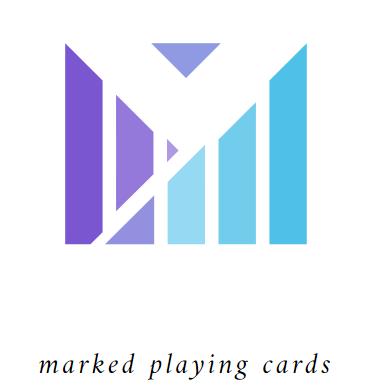Infrared Contact Lenses Price
Infrared contact lenses price
We have been working to develop a new type infrared lens. These contacts allow users to see invisible marks on the back of poker cards while others cannot. These lenses are perfect for poker games and magic shows. The cards are marked in a special ink which only the IR lenses can detect. These lenses are also safe for your eyeballs and won’t alter the color of your pupil. Infrared contacts are made of high-quality materials that won’t cause any problems for your eyes.
Infrared lenses have proven that they can be worn safely for long periods. The lenses were tested for several weeks by the researchers without any negative side effects. They also found the lenses to be able to function in different lighting conditions, such as low-light or dimmed lighting.
Unlike traditional contact lenses that are based on dyes and contain a silicon element, the infrared contacts have an integrated circuit chip. The lenses can provide wireless power and communications systems for embedded devices. Researchers hope the lens can reduce the need to perform repeated therapeutic injections as well as surgical interventions for diabetic patients.
The research was funded by the Universities of Manchester and Leeds, Innovate UK, IP Group and Parkwalk Investment. The authors wish to thank Stuart Weston’s mechanical workshop at the University of Leeds, for preparing the components that were then cut on the Ultravision contact lens lathes. The authors acknowledge funding from the EPSRC Advanced Fellowships (EP/L015188/2 & EP/S029214/1). The authors acknowledge the support provided by the Dynamic vision Systems business incubator. The results presented are preliminary, and will need to be tested further before they can become a commercial product. The authors are currently researching the use of other semiconductors and are looking into ways to increase the switch capacity of lens in order to allow the device to work with smartphones. They also plan to investigate the performance of the LC at higher temperatures, as E7 does not fully function above 34 degC. This will require a redesign of the optical structure, as a different substrate material is required for this application. To achieve a more compact solution, the authors are exploring alternative methods for constructing the LC. This will require that the LC be placed closer to electronics platform which will impact on the efficiency of device. This approach is more cost-effective and will reduce the energy requirements for the device.
